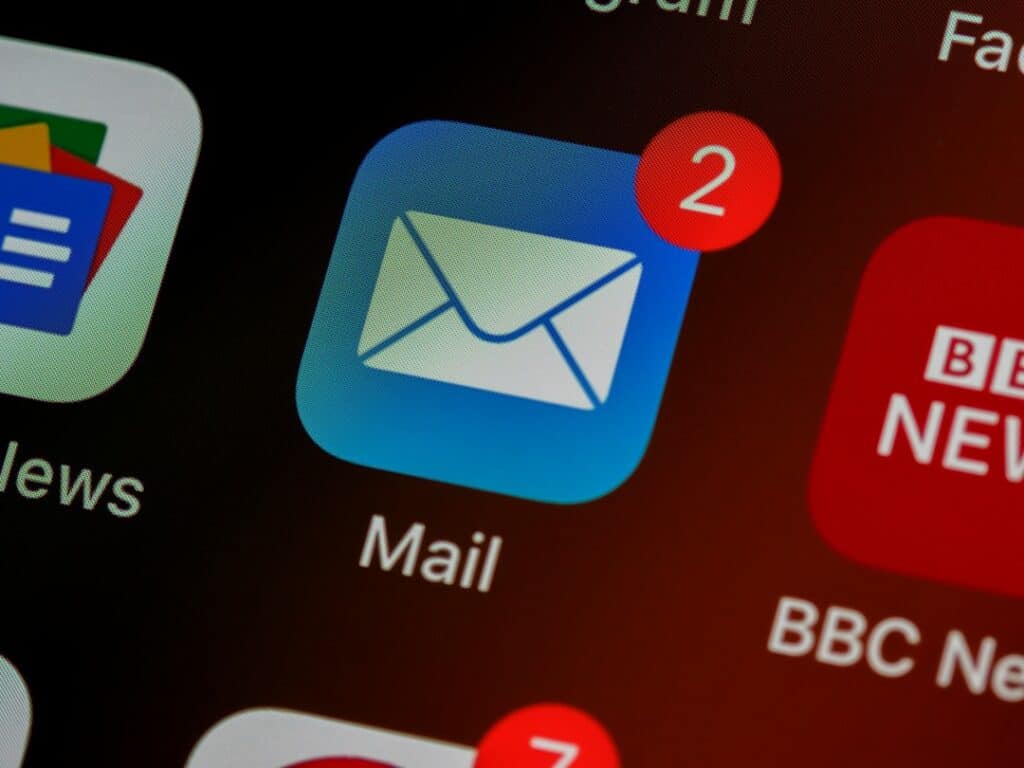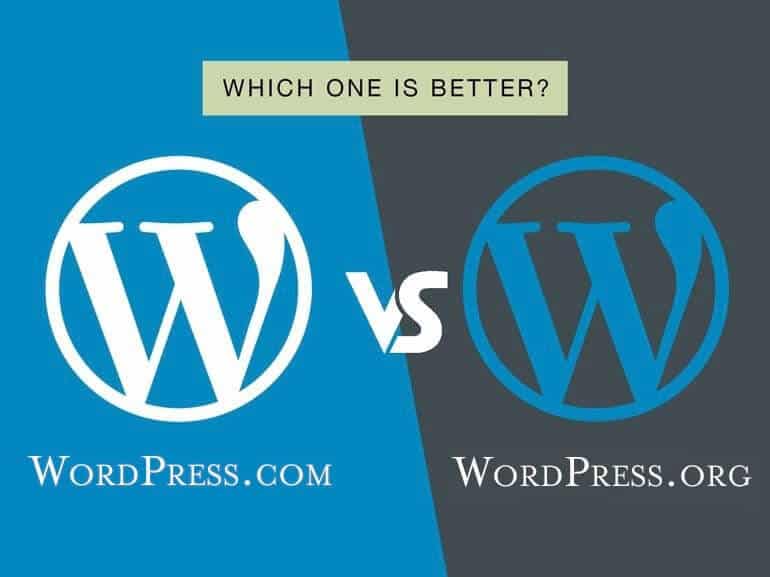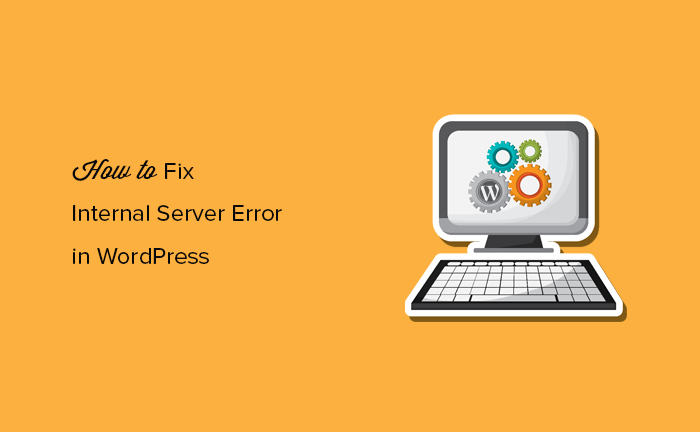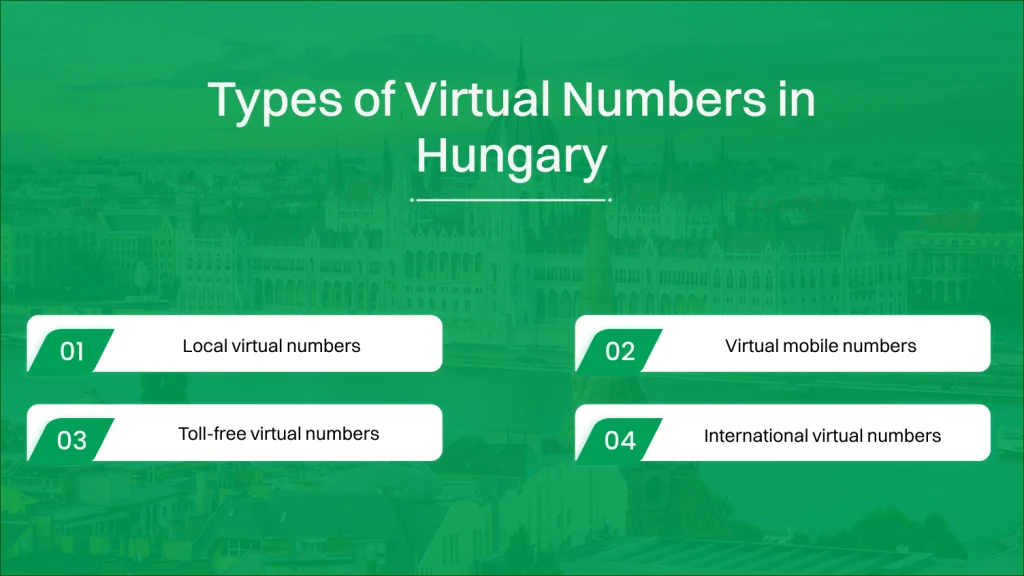Email communication has long been a staple of business outreach and marketing, playing a crucial role in engaging audiences and driving sales. In today’s complex digital environment, understanding the nuances of email-related strategies is key to harnessing their full potential. This article will delve deep into the mechanics of email marketing, the evolving practice of email monetization, and how distinguishing the two can fortify a business’s communication strategy. Below, we lay out essential insights and best practices for businesses looking to thrive in the competitive digital landscape.
Key Differences Between Email Marketing and Monetization
Email marketing and monetization may intertwine, but several distinctions set them apart. The primary difference lies in their core objectives. Email marketing seeks to enhance customer relationships and prompt specific actions—like making a purchase or downloading a resource that benefits the business directly. In contrast, email monetization aims to generate revenue through the integration of ads within the email content itself.
Execution strategies also differ significantly. Email marketing campaigns are often meticulously planned, with specific goals tied to business metrics, whereas email monetization demands a focus on content value that’s attractive to both subscribers and advertisers. This inherent difference impacts the way businesses craft their emails and choose their content.
For a better understanding of the practical contrast, one could consider the difference between email marketing and email monetization as the difference between direct sales and creating a platform for advertising. Each has unique advantages and can be part of a holistic email strategy that supports various business objectives.
Enhancing Business Communication Through Effective Email Practices
In the realm of business communication, clarity, coherence, and professionalism are some of the critical elements that influence the effectiveness of your message. An email’s subject line, for instance, can be the deciding factor for whether it gets opened or disregarded, stressing the importance of crafting concise and compelling teasers. Additionally, the body of the email should mirror this clarity and value proposition to keep the reader engaged.
Another pivotal practice involves the delicate use of call-to-actions (CTAs). CTAs guide the recipient toward the desired action and should be clear, relevant, and strategically placed within the email. Overloading an email with multiple CTAs, though, can lead to confusion, diluting the potency of the message and diminishing the chances of a favorable response.
In addition to these practices, choosing the right tools can make a significant difference in communication efficacy. For instance, businesses often rely on systems like Avaya business phone systems to manage their corporate communications, ensuring not only seamless email exchanges but also comprehensive telecommunication solutions.
Exploring Email Monetization Strategies

While email marketing focuses on promoting products or services to drive business growth, email monetization is an alternative approach where the email itself becomes a revenue source. This involves integrating advertisements or sponsored content within an email campaign, providing businesses with an additional income stream. Monetization strategies can be particularly lucrative when a company has a large, engaged email list.
Content is the linchpin of email monetization, as it must be engaging enough to retain subscribers while accommodating ads in a way that doesn’t detract from the user experience. Creating an attractive proposition for advertisers involves balancing compelling content with visible yet non-disruptive ad placements. The end goal is to deliver value to both the reader and the advertiser.
Companies exploring this strategy must consider the audience’s tolerance for ads and work to maintain the trust of their subscribers. Transparency about the inclusion of sponsored content helps preserve the integrity of the brand and encourages acceptance from the audience. Moreover, all advertisements should be relevant and potentially beneficial to the recipient to maintain engagement levels.
Leveraging Email for Better Customer Engagement and Revenue Growth
Effective email strategies can significantly contribute to deepening customer engagement. By regularly delivering valuable content tailored to the interests of recipients, businesses can foster loyalty and encourage ongoing interaction. Moreover, segmenting email lists allows for personalized communication, which makes customers feel recognized on an individual level, boosting engagement rates.
Active engagement translates into a better comprehension of customer behavior and preferences, which, when leveraged correctly, can improve targeting and positioning strategies. Recognizing patterns in email interactions can inform product development, campaign adjustments, or service improvements, thus driving revenue growth through more precise offerings.
Altogether, the world of business communication and email strategy is vast and nuanced, with each element playing a critical role in enhancing engagement, building customer loyalty, and driving growth. Overall, understanding both the strategies for marketing and monetization of emails, as well as embracing advanced communication tools, are key steps in navigating the digital marketplace and achieving long-term success.
Also, Read
- How to start your own WordPress blog (Step-by-step guide)
- How to Install & Create Conversational Forms with WPForms
- How to Use Email Marketing to Skyrocket Your Sales
If you liked this article, then please subscribe to our YouTube Channel for WordPress video tutorials. You can also find us on Twitter and Facebook.









